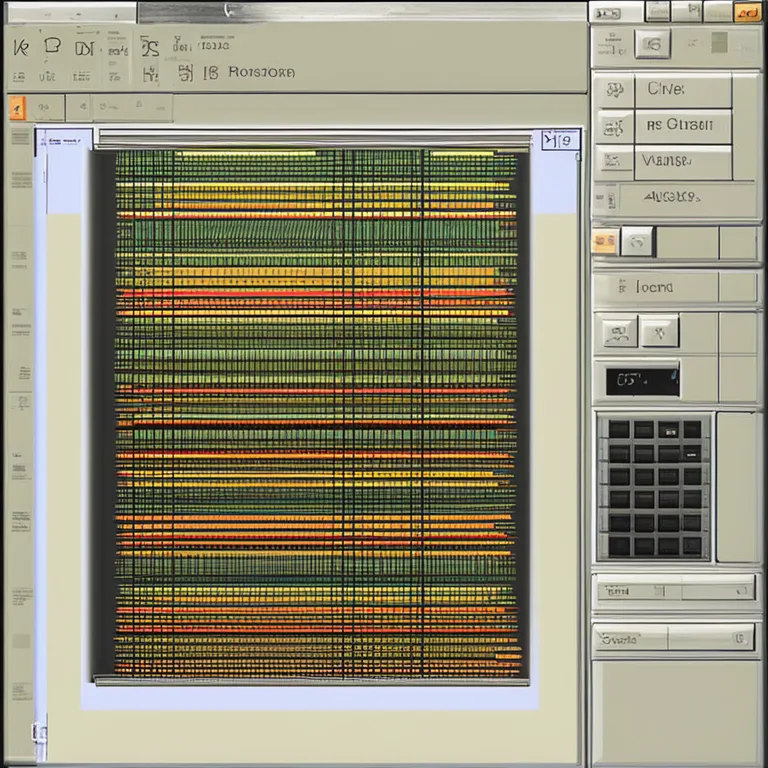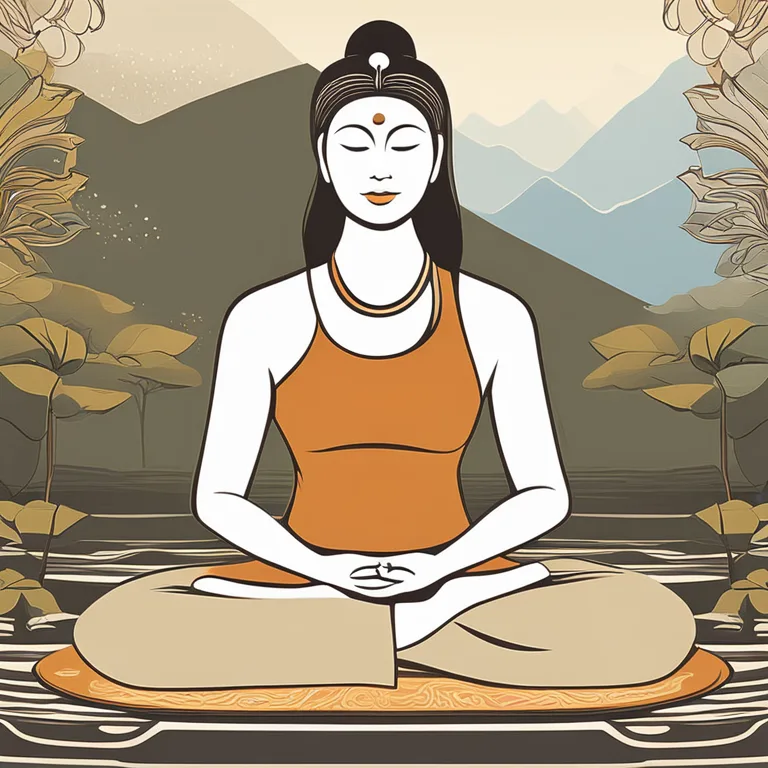
The Essence of Meditation in Yoga Practice
Discover the transformative power of meditation techniques in yoga for mental clarity and inner peace in this insightful guide.
article by Hina Kurosawa
Introduction to Yoga Meditation
Meditation has long been an integral part of yoga, a complementary practice to the physical postures known as asanas. Rooted in ancient tradition, modern yoga meditation blends time-honored techniques with contemporary understandings of the mind and body. Practitioners around the world turn to yoga meditation not only for relaxation but for a deeper connection to their inner self. Understanding the various methods and their potential benefits is a stepping stone to a fulfilling yoga practice in 2024 and beyond.

1. Mindfulness Meditation
Among the array of techniques, mindfulness meditation stands out for its simplicity and effectiveness. It involves maintaining a moment-by-moment awareness of our thoughts, feelings, sensory experiences, and surrounding environment. In the yoga context, mindfulness can be practiced while performing asanas, deeply attuning to each movement and breath. Cultivating this attentive awareness helps in reducing stress, enhancing attention, and fostering a general sense of well-being.

2. Focused Meditation
Focused meditation, as the name suggests, involves concentrating on a single point of reference. This could be a mantra, an image, a candle flame, or even the rhythm of your breath. In a world teeming with distractions, this practice is particularly relevant; it trains the mind to focus on the present task, thereby improving cognitive abilities and mental clarity. As practitioners master this technique, they often notice a decrease in restless thoughts and an increase in mental stamina.

3. Movement Meditation
Not all meditation is still and stationary. Movement meditation is an active form that can complement the dynamism of modern life. Active practices like walking meditation, gardening, or even performing fluid yoga sequences infuse meditative awareness into action. This method is especially appealing to those who find peace in motion and wish to turn routine movements into a profound meditative experience.

4. Mantra Meditation
The use of mantras, or sacred sounds, is another profound meditative practice within yoga. The repetition of a mantra – silently or aloud – can have a mesmerizing effect on the mind, often leading to deep relaxation and an altered state of consciousness. Emerging research supports the idea that mantra recitation can lower stress levels and enhance emotional well-being, making it a valuable tool for modern yogis.
5. Visualization Meditation
Visualization or guided imagery meditation is a technique where one uses the imagination to visualize a peaceful place, scenario, or being. This technique is often guided by a teacher or a recording. The vividness of the mental image occupies the mind space leaving less room for stress and negative thoughts. With advancements in virtual reality, visualization meditation might reach new depths by offering immersive experiences to enhance the meditative journey.
6. Chakra Meditation
This esoteric aspect of yoga meditation involves focusing on the seven energy centers of the body, known as chakras, to achieve balance and harmony. Each chakra corresponds to different aspects of physical and emotional well-being. Techniques may include visualizing colors, chanting specific mantras, or engaging in breathing practices. As our understanding of the mind-body connection deepens, chakra meditation provides a framework for translating spiritual concepts into tangible wellness practices.
Published: 1/8/2024
Modified: 1/8/2024
More predictions
Come back here soon to learn more about yourself and your future


Mastering Japa Meditation Practices
Discover the serene art of Japa Meditation and elevate your spiritual journey through chanting and mindfulness.


Jain Meditation Techniques for Inner Peace
Discover the serenity and spiritual depth of Jain meditation practices in a comprehensive article tailored for modern seekers.


Meditation Techniques to Soothe OCD
Discover meditation practices designed to help manage OCD symptoms through mindful awareness and relaxation.